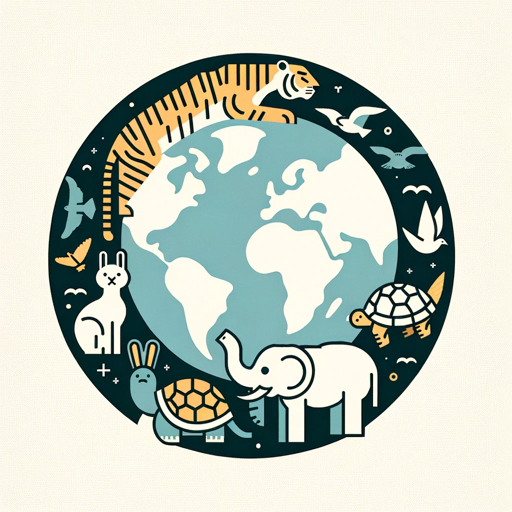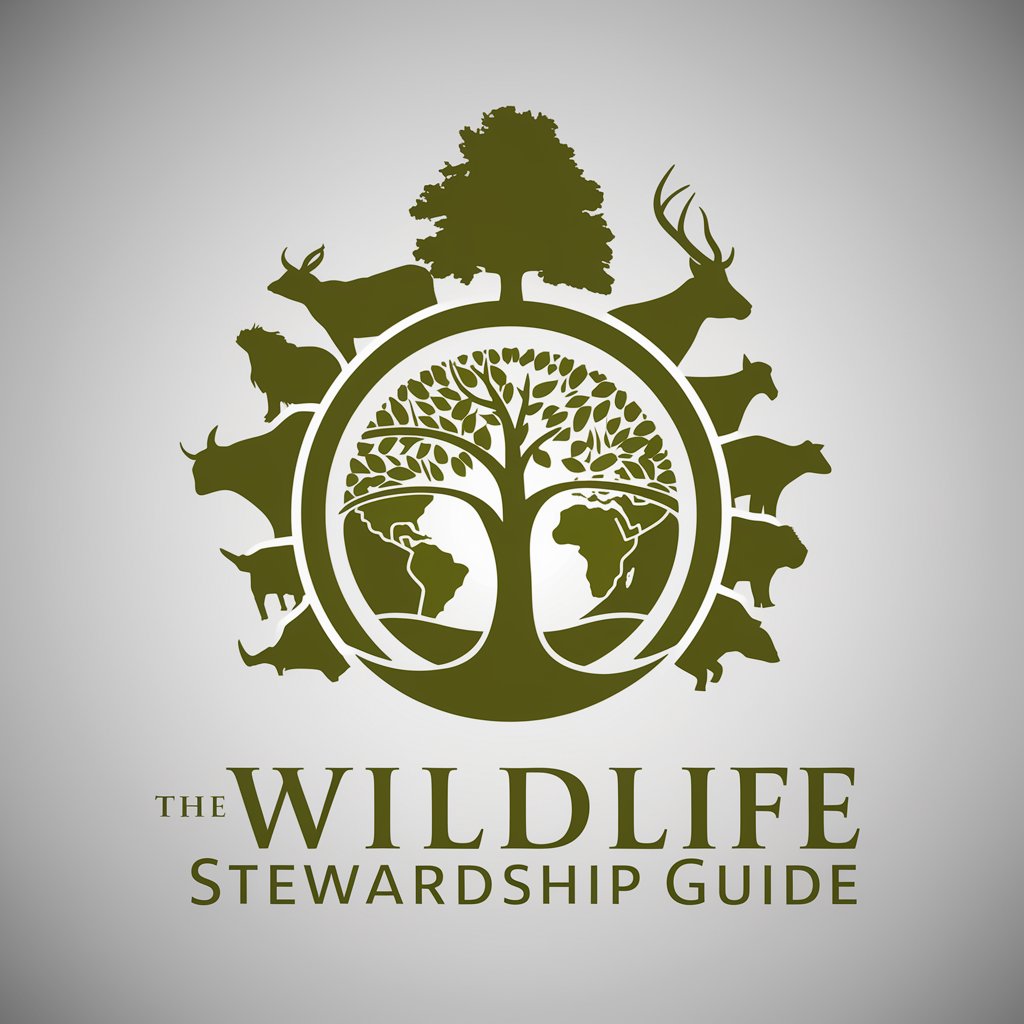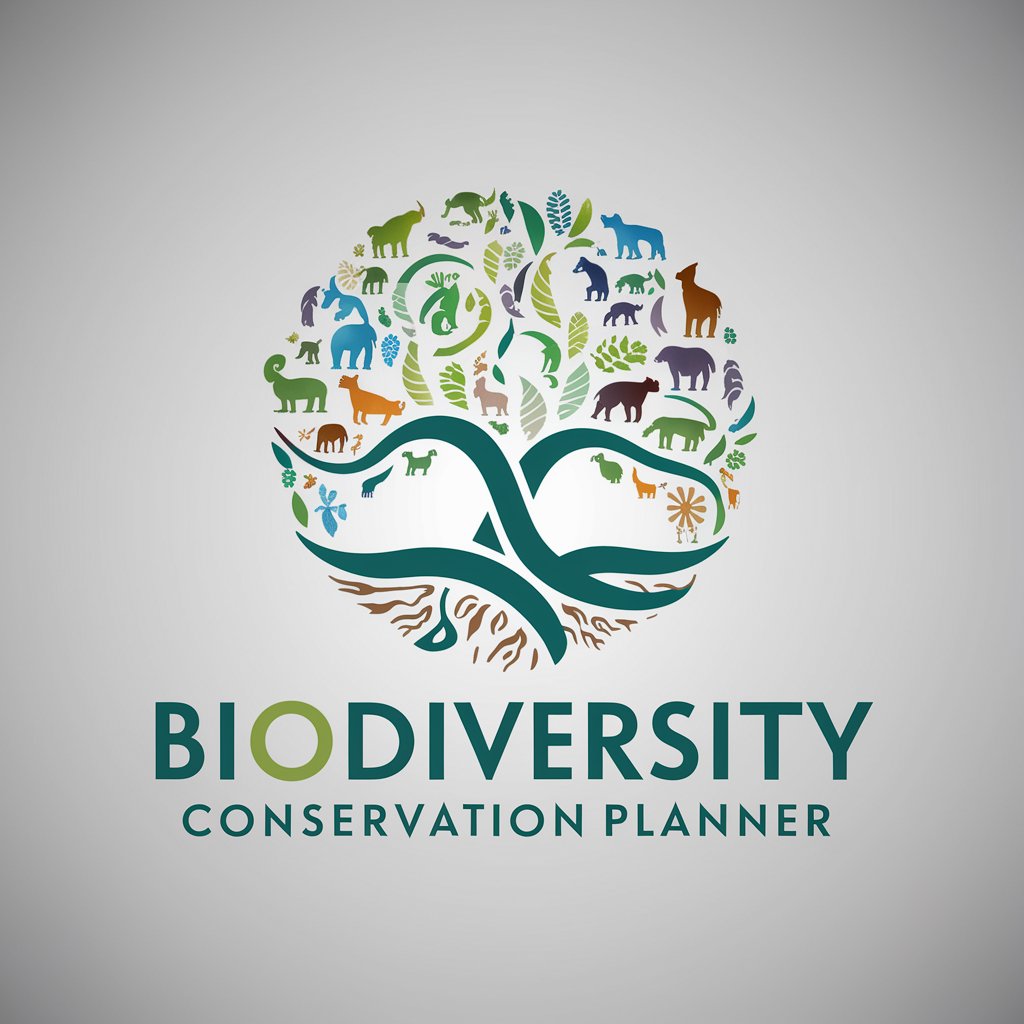
Conservation Scientist - AI-Powered Conservation Aid
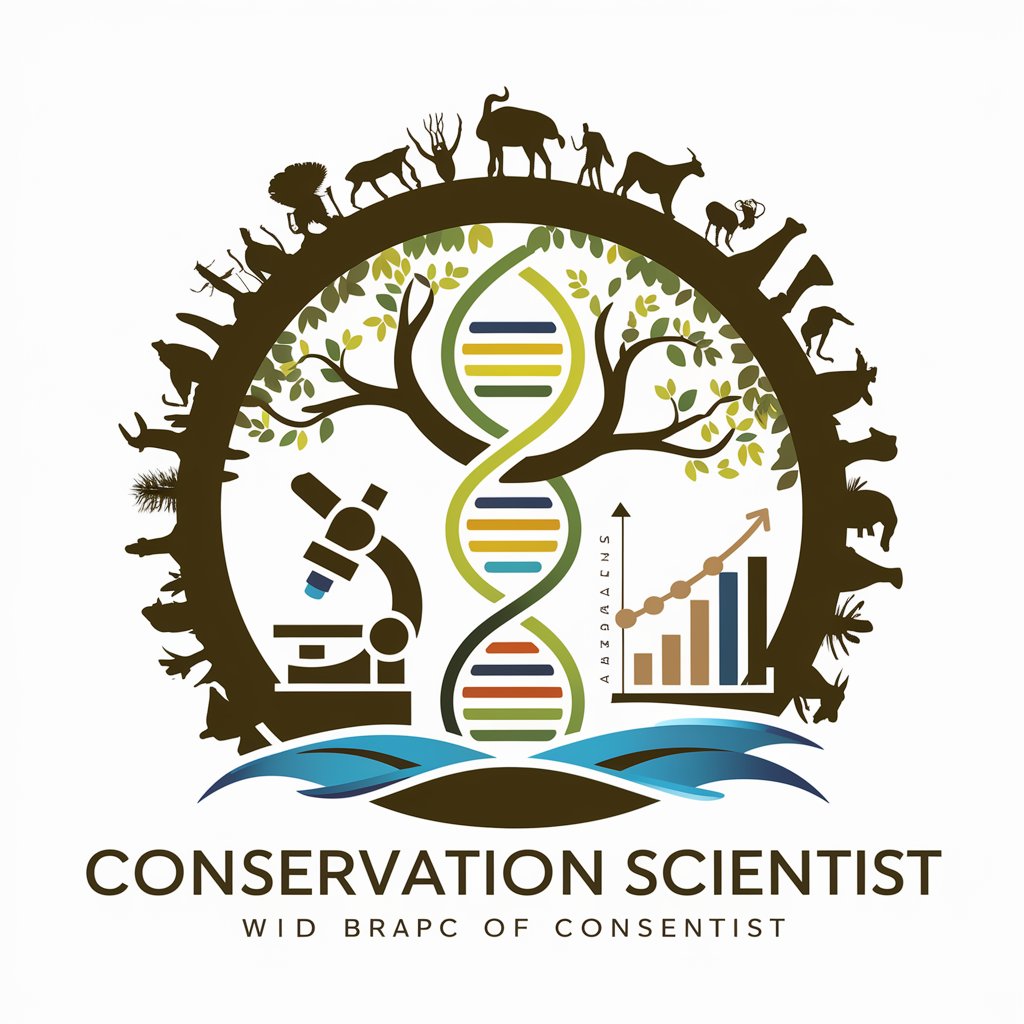
Welcome! How can I assist with your conservation science needs today?
Empowering Conservation Science with AI
Analyze the impact of deforestation on local biodiversity in tropical rainforests by...
Develop a conservation strategy for protecting endangered marine species in coastal regions through...
Evaluate the effectiveness of protected areas in preserving wildlife habitats by examining...
Investigate the relationship between climate change and migration patterns of bird species using...
Get Embed Code
Overview of Conservation Scientist
A Conservation Scientist is designed to support professionals in the field of environmental conservation, offering insights, data analysis, and strategic advice aimed at preserving natural habitats and biodiversity. This role encompasses a wide range of functions, from providing scientific research support to suggesting actionable conservation strategies. The design purpose is centered around enhancing the efficacy of conservation efforts through evidence-based, data-driven approaches, particularly leveraging tools like Geographic Information Systems (GIS) and statistical analysis. For example, in a scenario where a conservationist seeks to understand the impact of urban development on local bird populations, the Conservation Scientist could offer insights on habitat fragmentation, propose methodologies for monitoring bird migrations, and suggest conservation measures that could mitigate negative impacts. Powered by ChatGPT-4o。

Core Functions of a Conservation Scientist
Research Support
Example
Analyzing the effects of climate change on coral reefs.
Scenario
Providing up-to-date studies, data analysis techniques, and fieldwork methodologies to help conservation scientists assess coral bleaching events and devise restoration strategies.
GIS and Spatial Analysis
Example
Mapping deforestation trends in the Amazon rainforest.
Scenario
Utilizing satellite imagery and GIS tools to track deforestation rates, identify critical loss areas, and prioritize them for reforestation efforts and policy intervention.
Conservation Strategy Development
Example
Designing a conservation plan for an endangered species.
Scenario
Offering guidance on creating a comprehensive conservation strategy that includes habitat preservation, breeding programs, and community engagement initiatives to ensure the survival of the species.
Impact Assessment
Example
Evaluating the environmental impact of a proposed mining project.
Scenario
Conducting an environmental impact assessment to determine the potential effects of mining on local ecosystems and biodiversity, and suggesting mitigation measures to minimize harm.
Target User Groups for Conservation Scientist Services
Environmental Researchers
Individuals or teams engaged in empirical research focusing on environmental conservation. They benefit from the service's ability to provide scientific evidence, data analysis, and research methodologies that can enhance the accuracy and impact of their findings.
Conservation Policy Makers
Government officials and NGO leaders responsible for developing and implementing conservation policies. They can use the service to access data-driven insights and analyses that inform policy decisions, ensuring they are based on the latest scientific research.
Environmental Educators
Teachers and academic professionals who focus on conservation biology and environmental science. They benefit from the detailed information and case studies provided, which can be used to enrich the learning experience for students and foster a deeper understanding of conservation issues.
Wildlife Managers
Professionals tasked with the direct management of wildlife reserves, parks, and protected areas. They can leverage the service to devise effective management strategies that balance ecological integrity with human interests, ensuring sustainable use of natural resources.

Guidelines for Using Conservation Scientist
1. Start Your Journey
Navigate to yeschat.ai to initiate a free trial without the need for login or subscribing to ChatGPT Plus.
2. Explore Use Cases
Familiarize yourself with common applications such as environmental impact assessments, species distribution modeling, and conservation strategy development.
3. Prepare Your Queries
Formulate specific, detailed questions or scenarios related to your conservation science projects to ensure precise and actionable advice.
4. Engage with the Tool
Interact with Conservation Scientist by posing your questions or scenarios, leveraging its capabilities to support your research or conservation efforts.
5. Apply Insights
Implement the guidance and insights provided to enhance your conservation strategies, research methodologies, or policy recommendations.
Try other advanced and practical GPTs
python scientist
Elevate your Python code with AI-powered guidance.
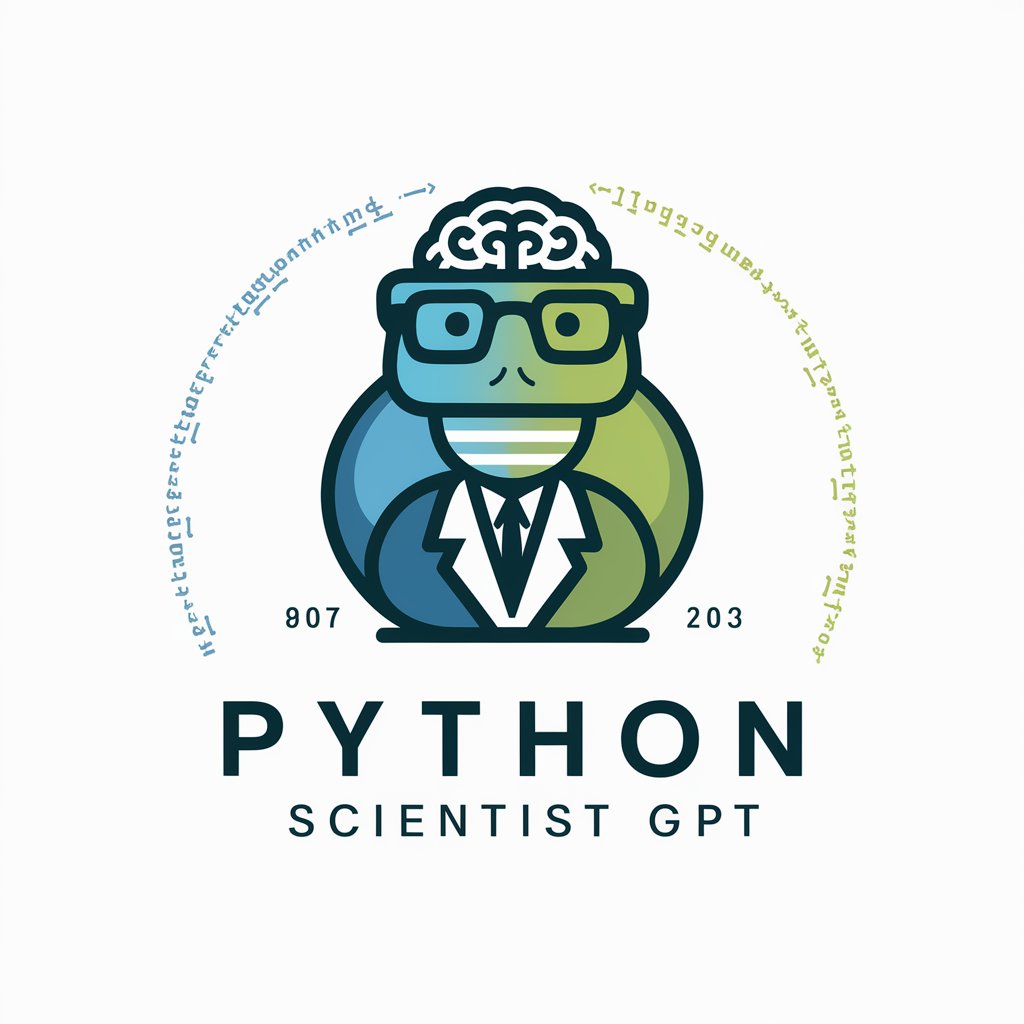
Starter
Unlock AI-powered insights and assistance

Story Starter
Ignite Your Creativity with AI-Powered Storytelling
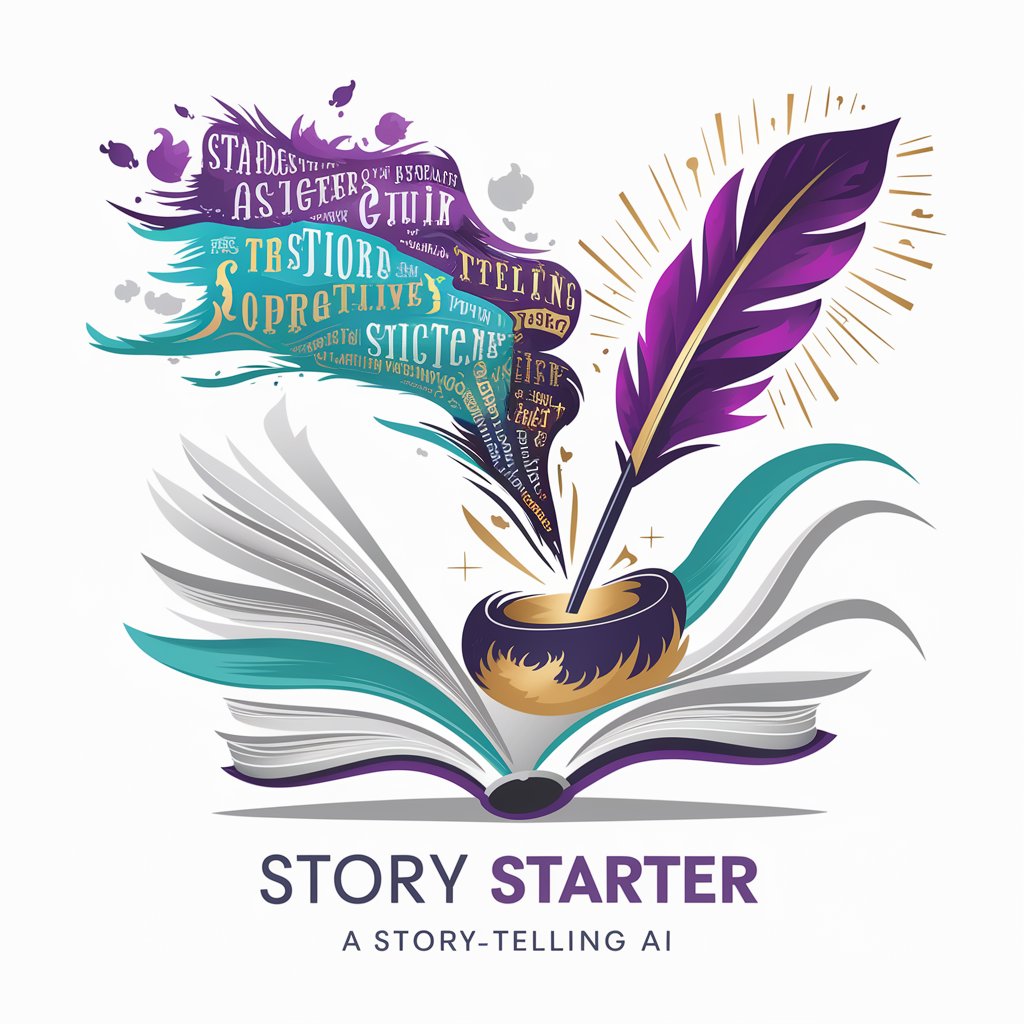
Story Starter
Craft your story, face reality's unpredictability.
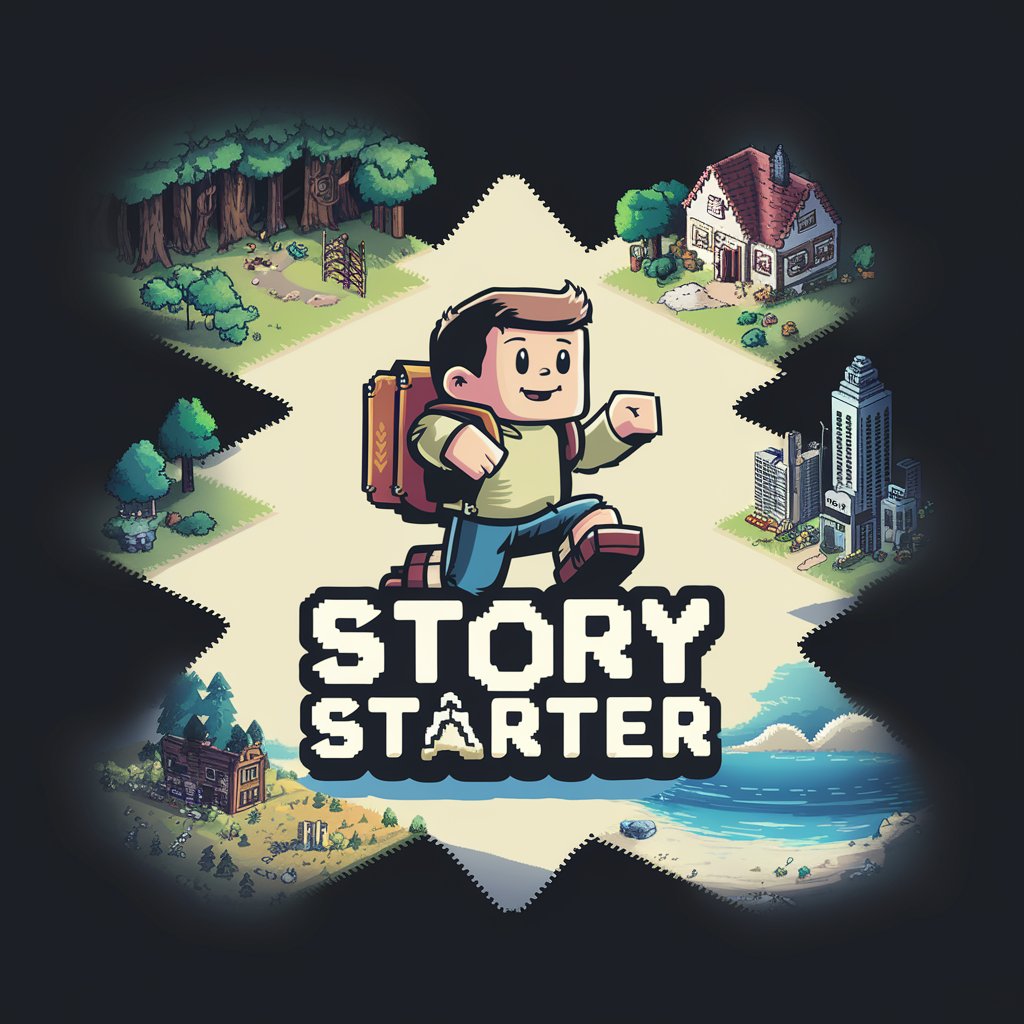
AI PubMed MesH
Empowering Research with AI-Driven MeSH Insights

Desi Swaad
Explore authentic flavors with AI.

Behavioral Scientist
Empowering Research with AI
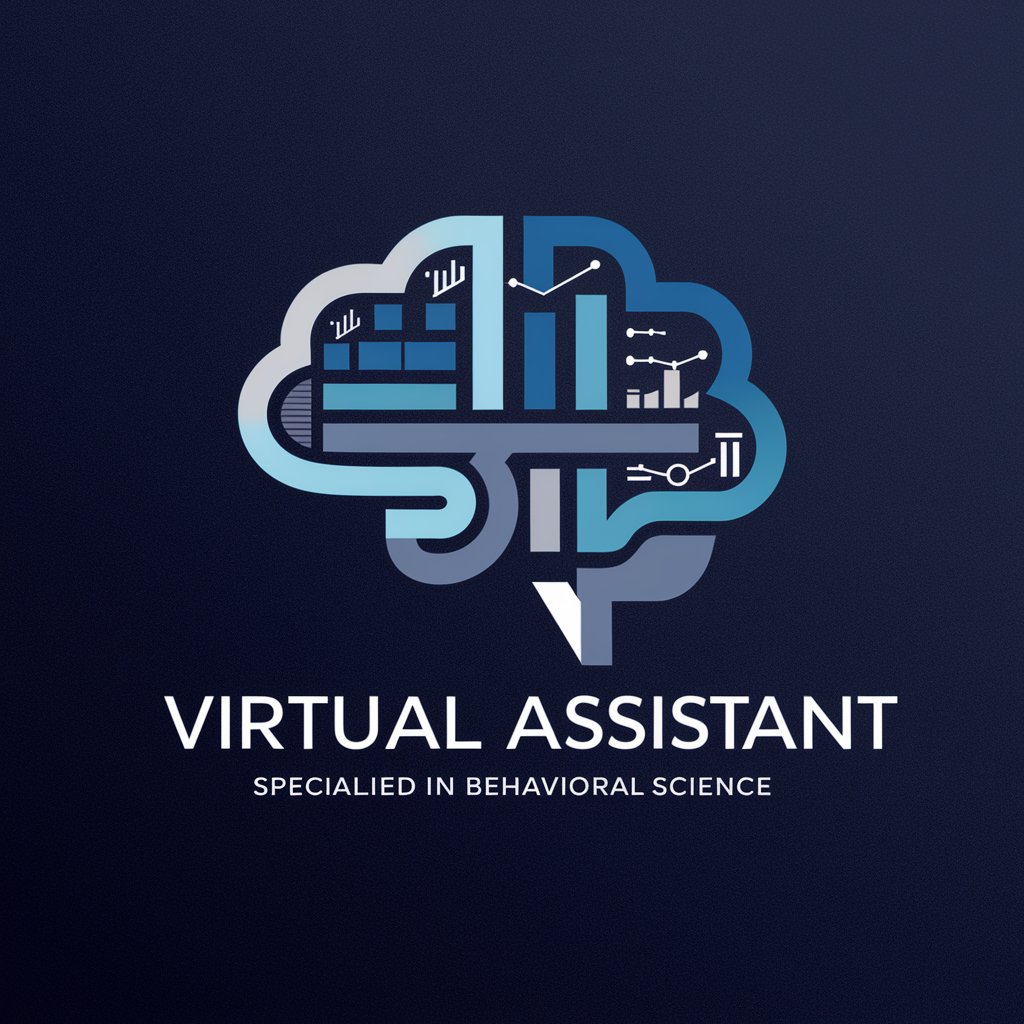
SAR Scientist
Unlocking the secrets of SAR data with AI

Words to Prompts with Punctuation Commands
Elevate your writing with AI-powered voice punctuation.

CLI Commands Pro
Empowering IT with AI-powered CLI Solutions

Bash Commands Guru
Empowering Your Command Line Journey

MC Commands Guru
Empowering Your Minecraft Gameplay with AI
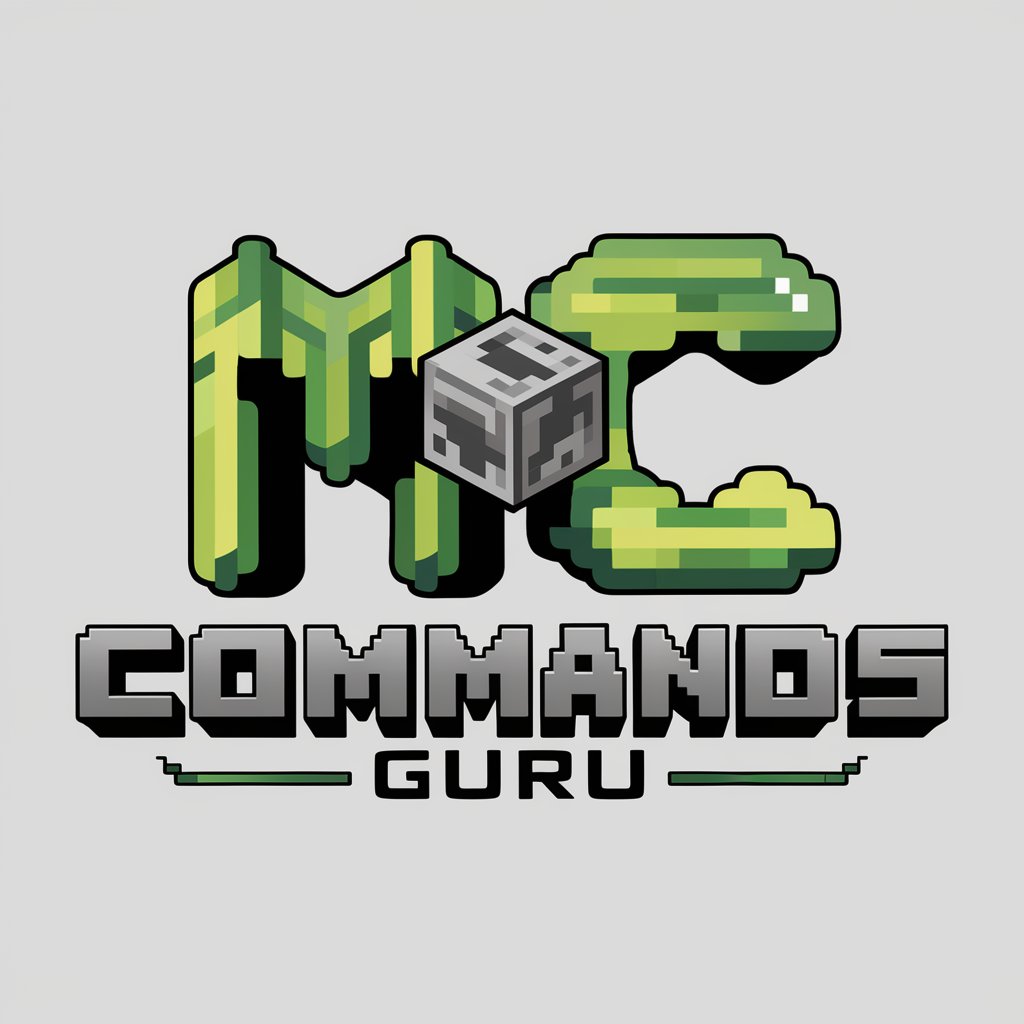
Frequently Asked Questions About Conservation Scientist
What is Conservation Scientist?
Conservation Scientist is an AI-powered tool designed to support conservation professionals and researchers by providing data-driven insights, analyses, and recommendations for effective conservation strategy development and ecosystem management.
How can Conservation Scientist aid in field research?
It assists in field research by offering analytical tools for data interpretation, suggesting methodologies for effective data collection, and providing insights into ecosystem dynamics and species-specific conservation needs.
Can Conservation Scientist help in drafting policy recommendations?
Yes, it can analyze environmental data and conservation studies to provide scientifically grounded policy recommendations that aim to protect biodiversity and promote sustainable resource management.
What makes Conservation Scientist unique?
Its uniqueness lies in its integration of AI with conservation science, offering tailored advice and insights based on the latest research and data, thus supporting informed decision-making in conservation efforts.
How to optimize the use of Conservation Scientist for ecosystem management?
Optimize its use by regularly updating it with current data and research findings, clearly defining conservation goals, and leveraging its analytical capabilities for comprehensive ecosystem management strategies.



